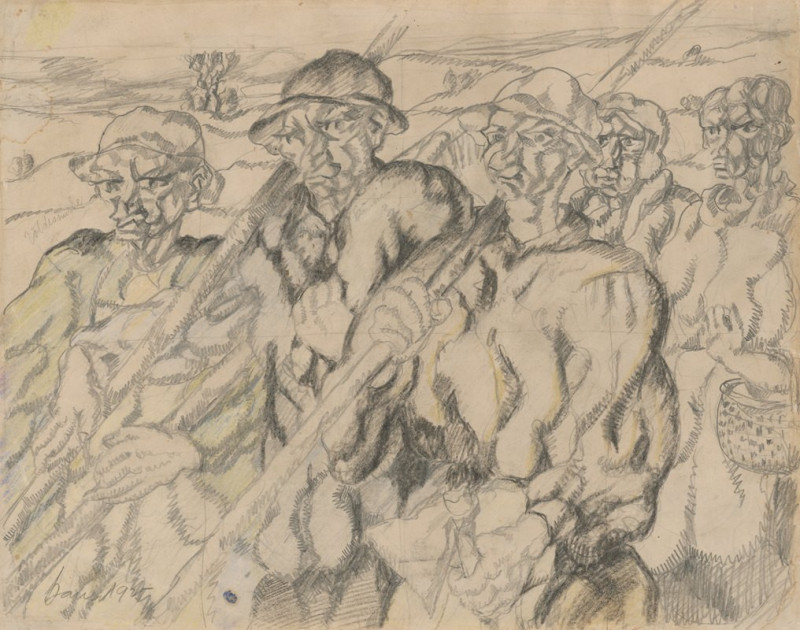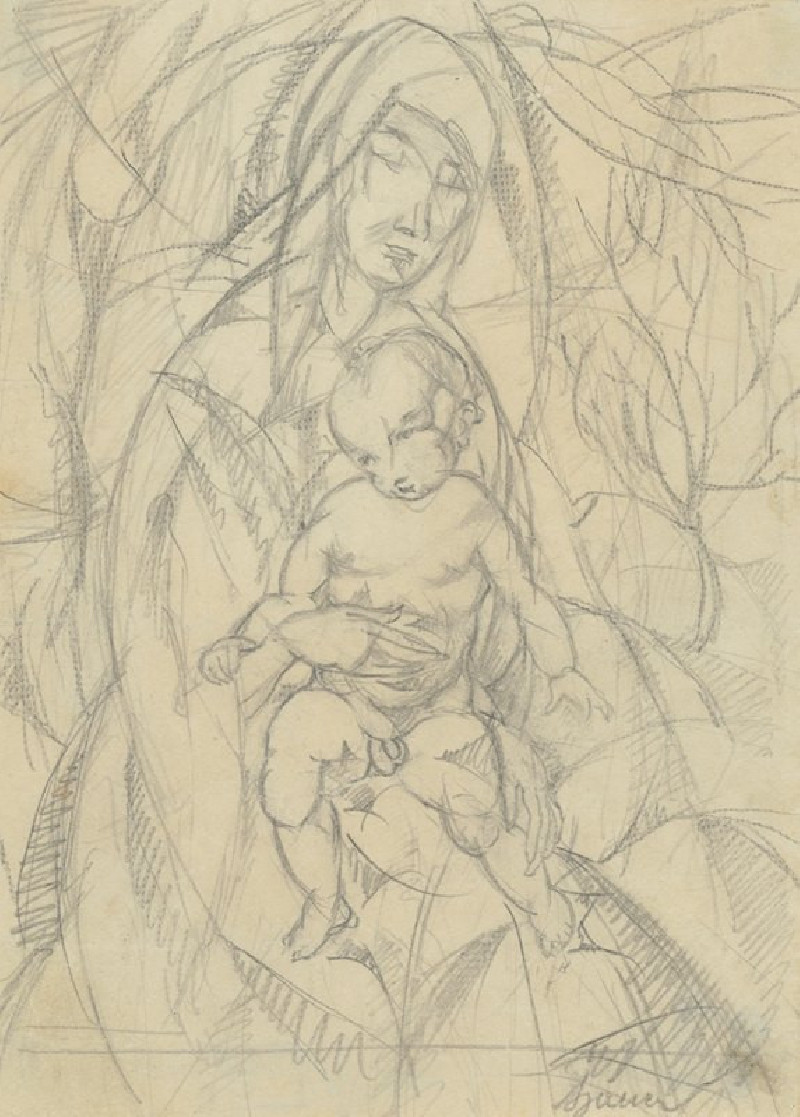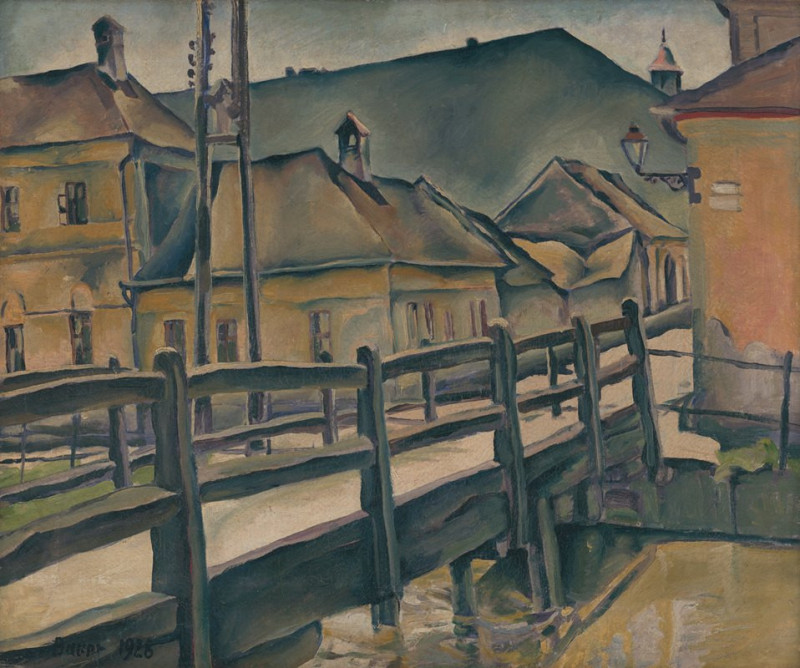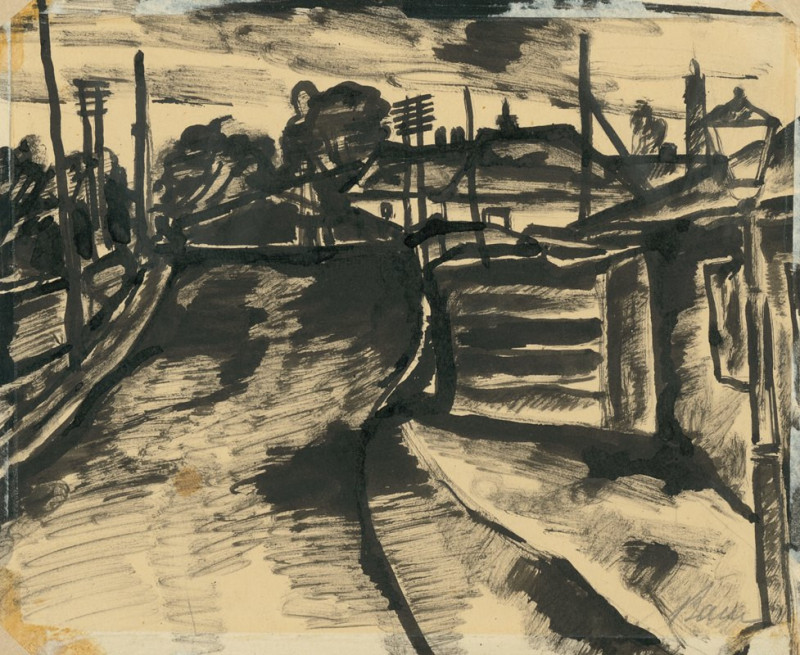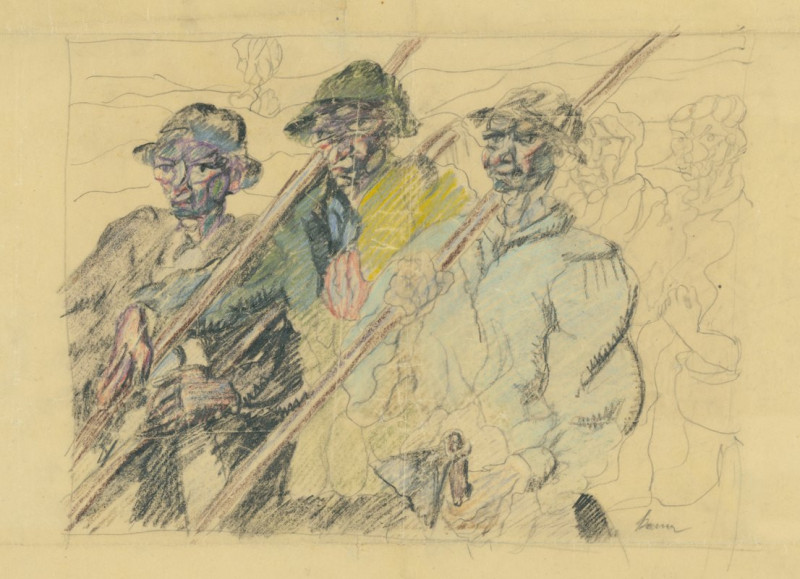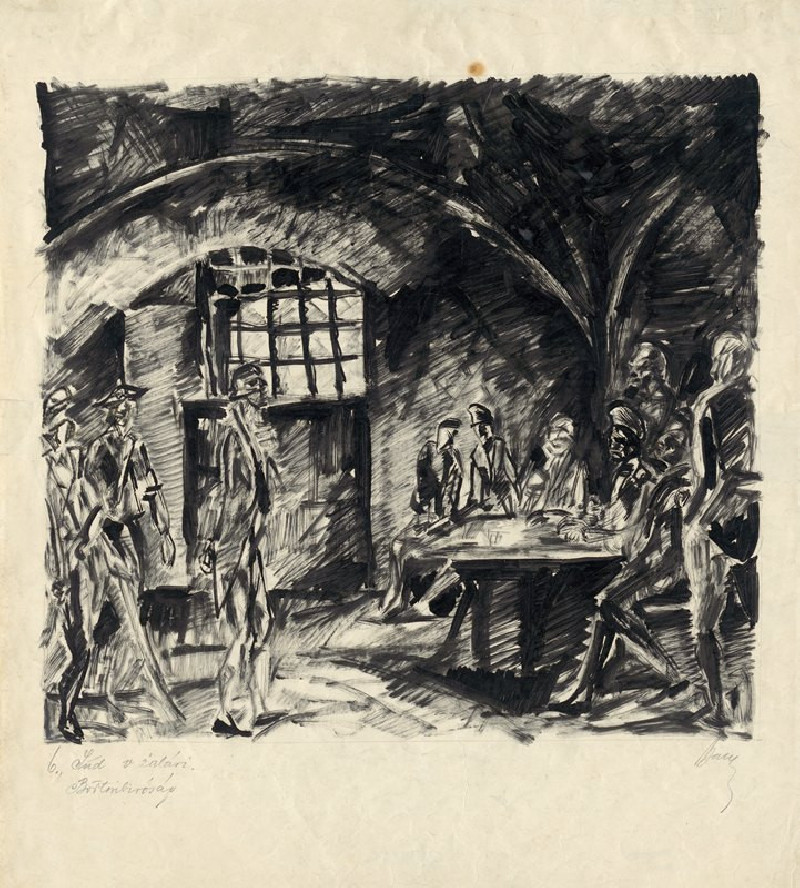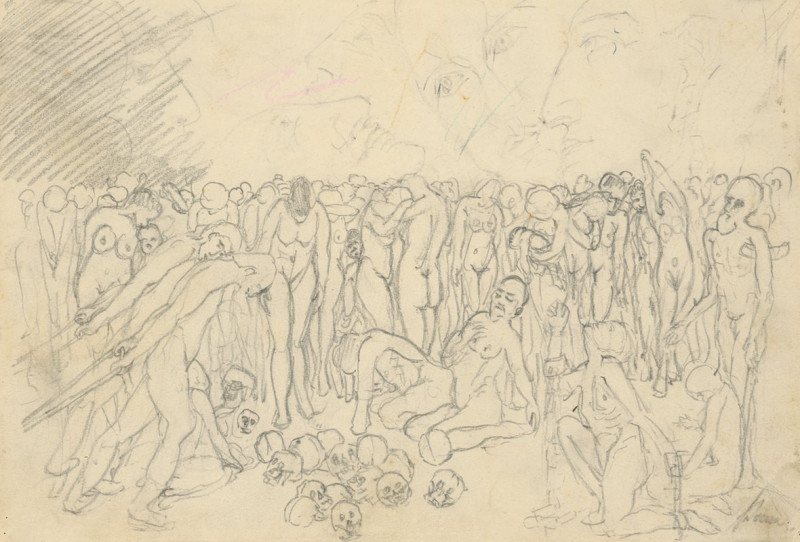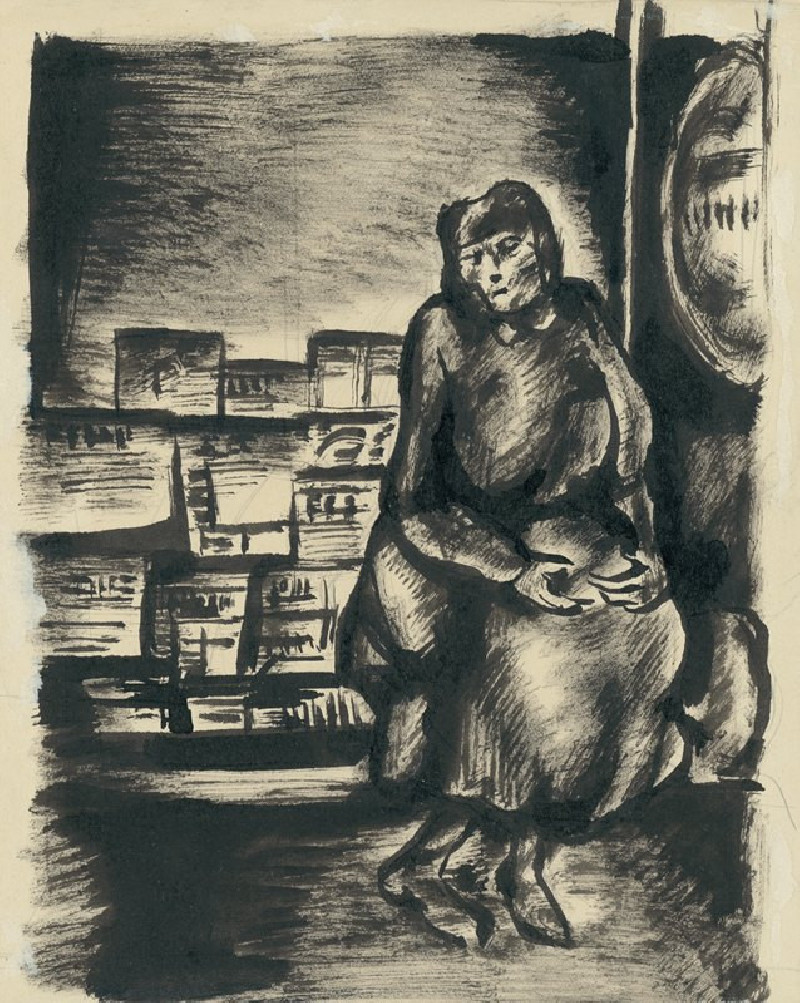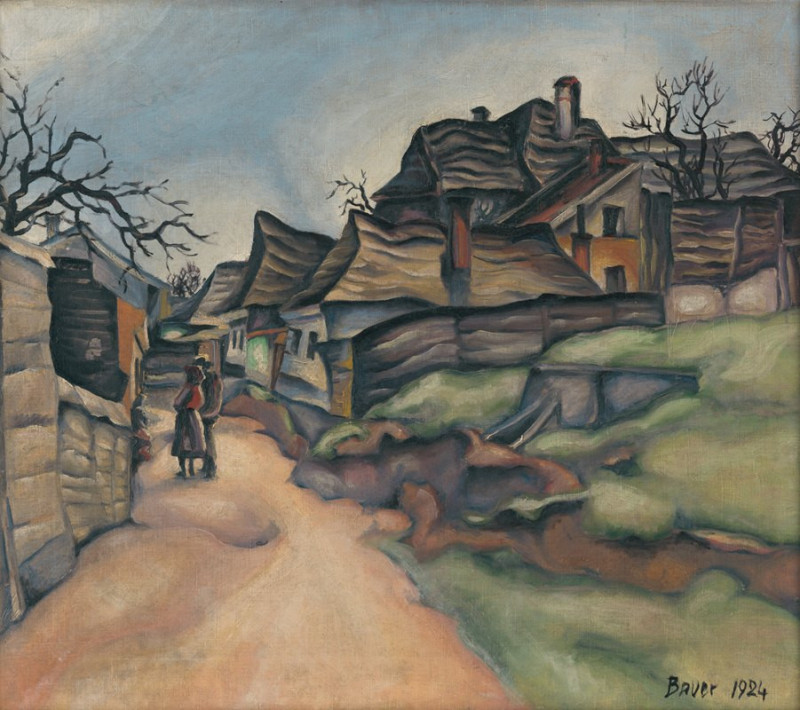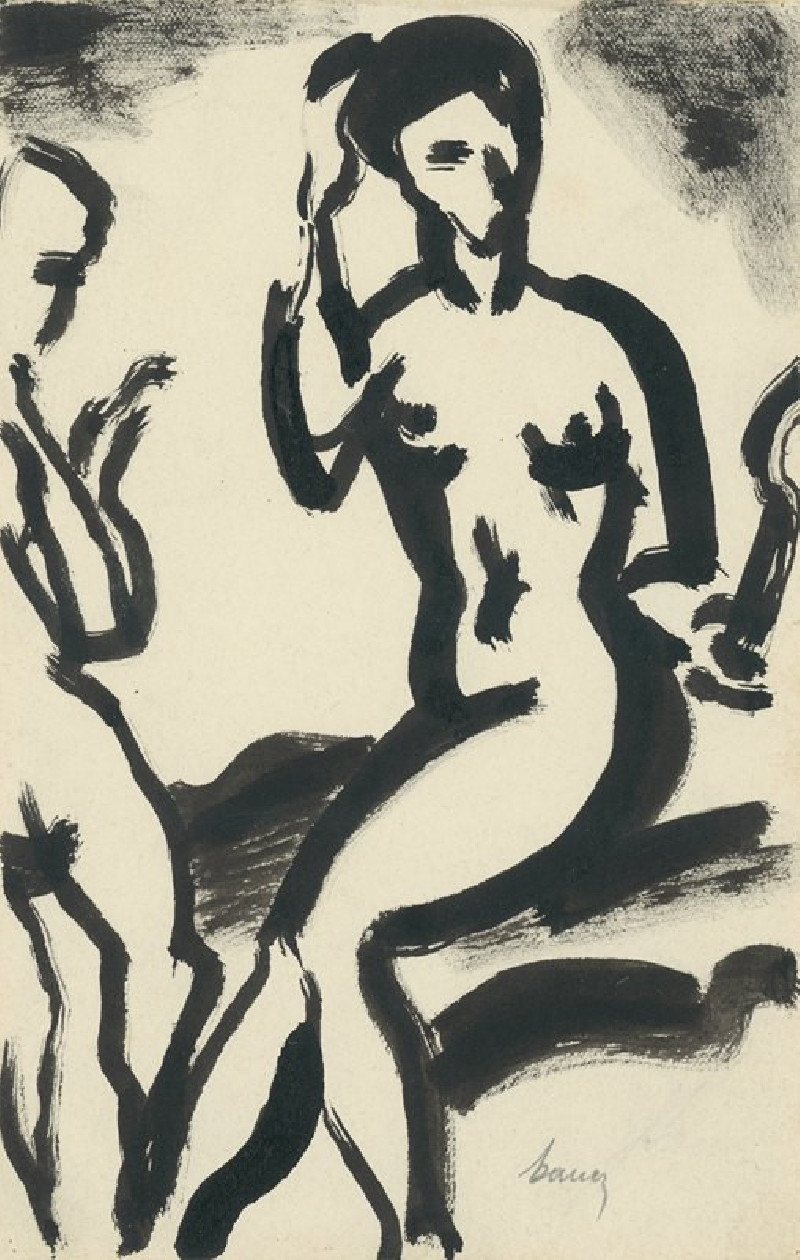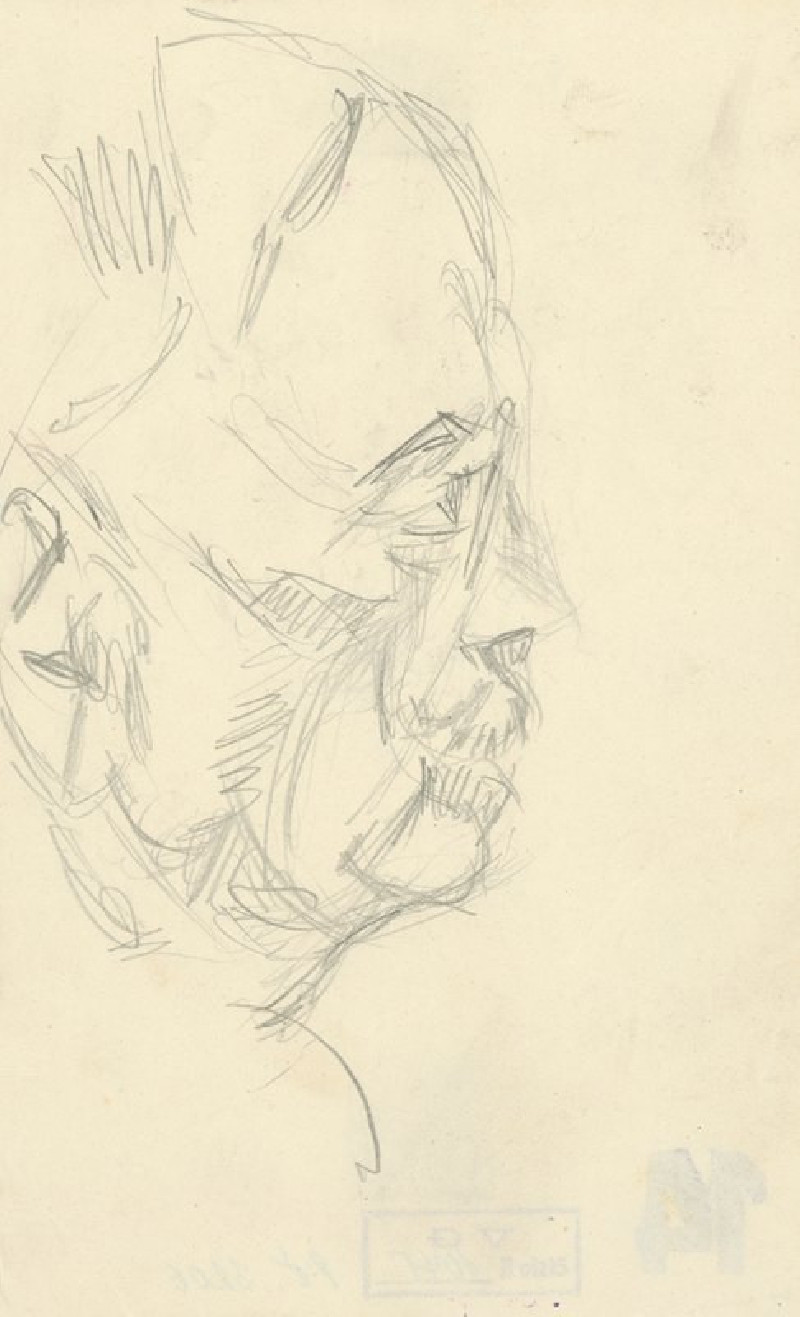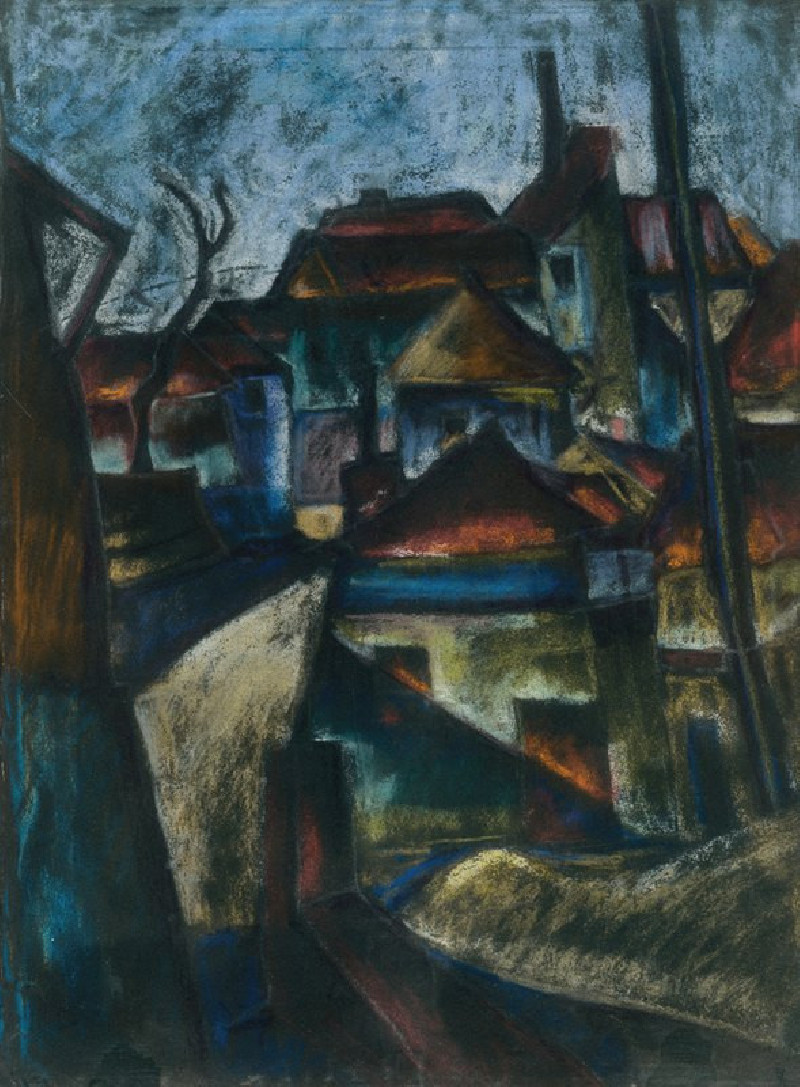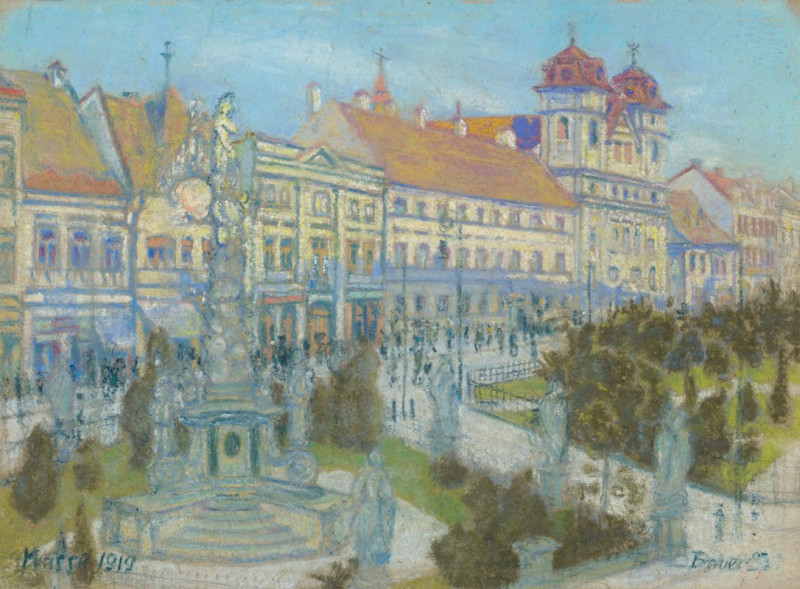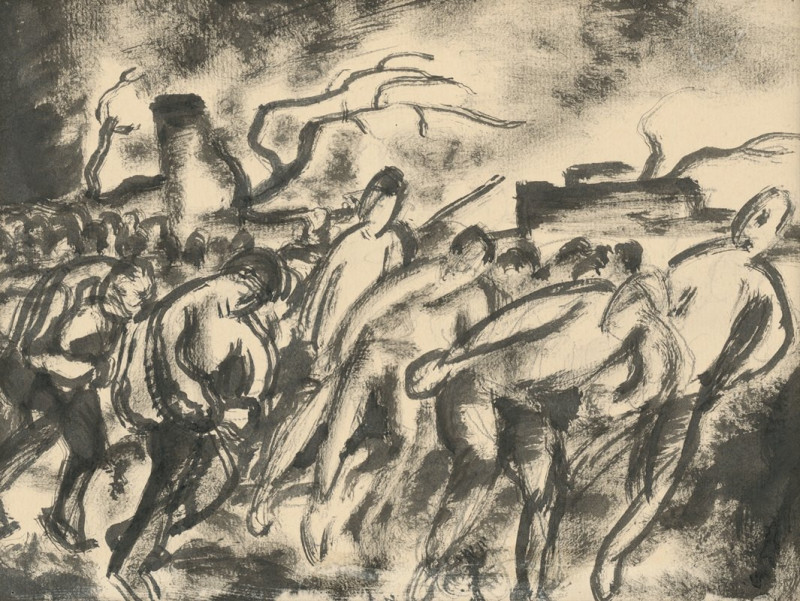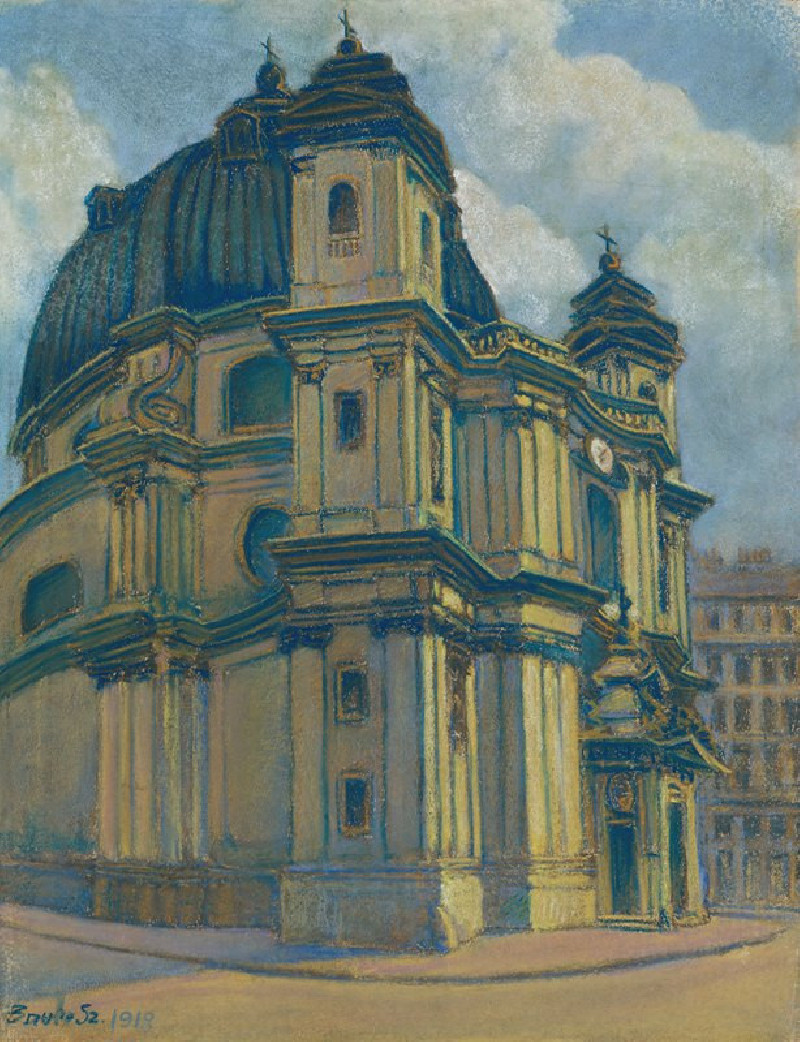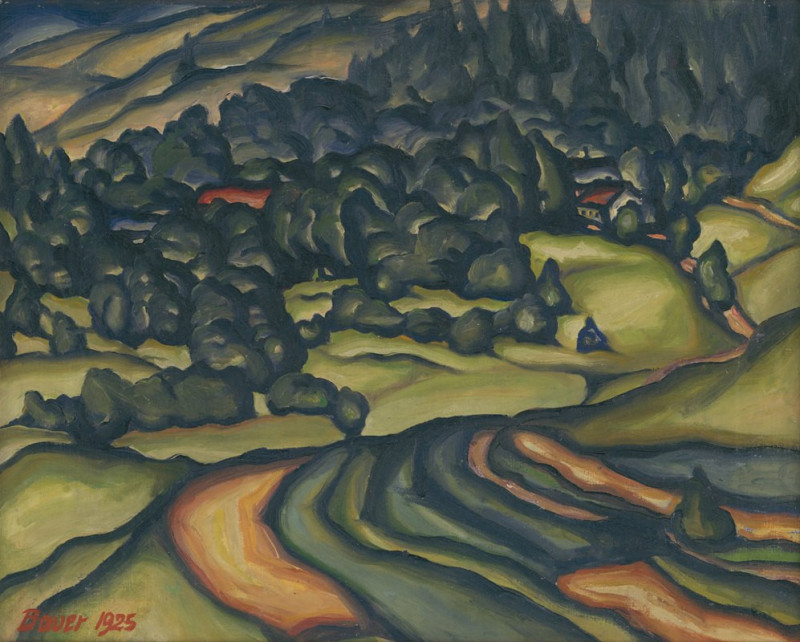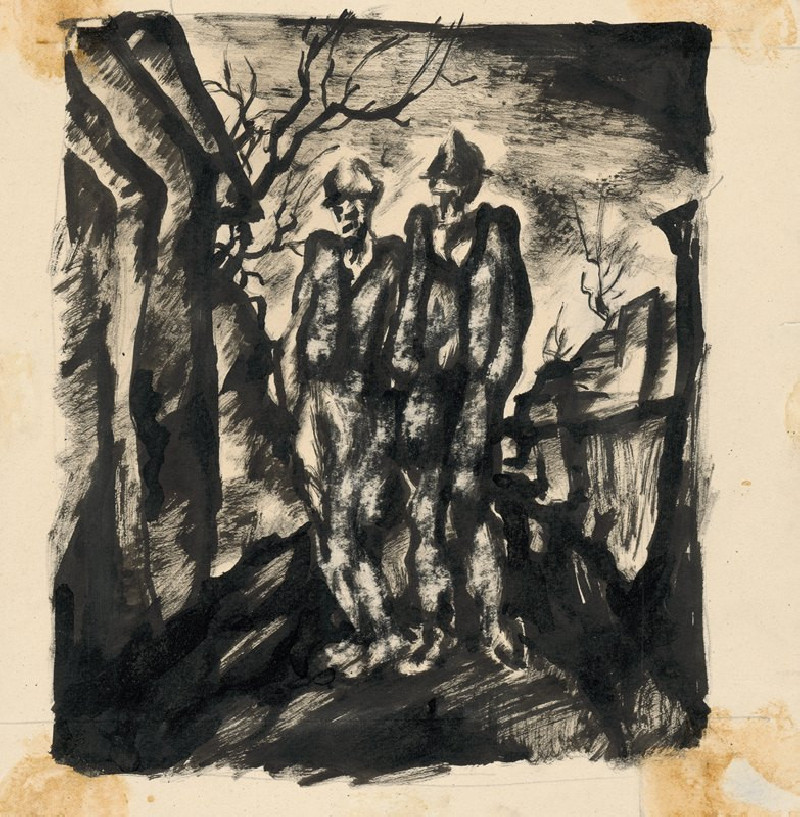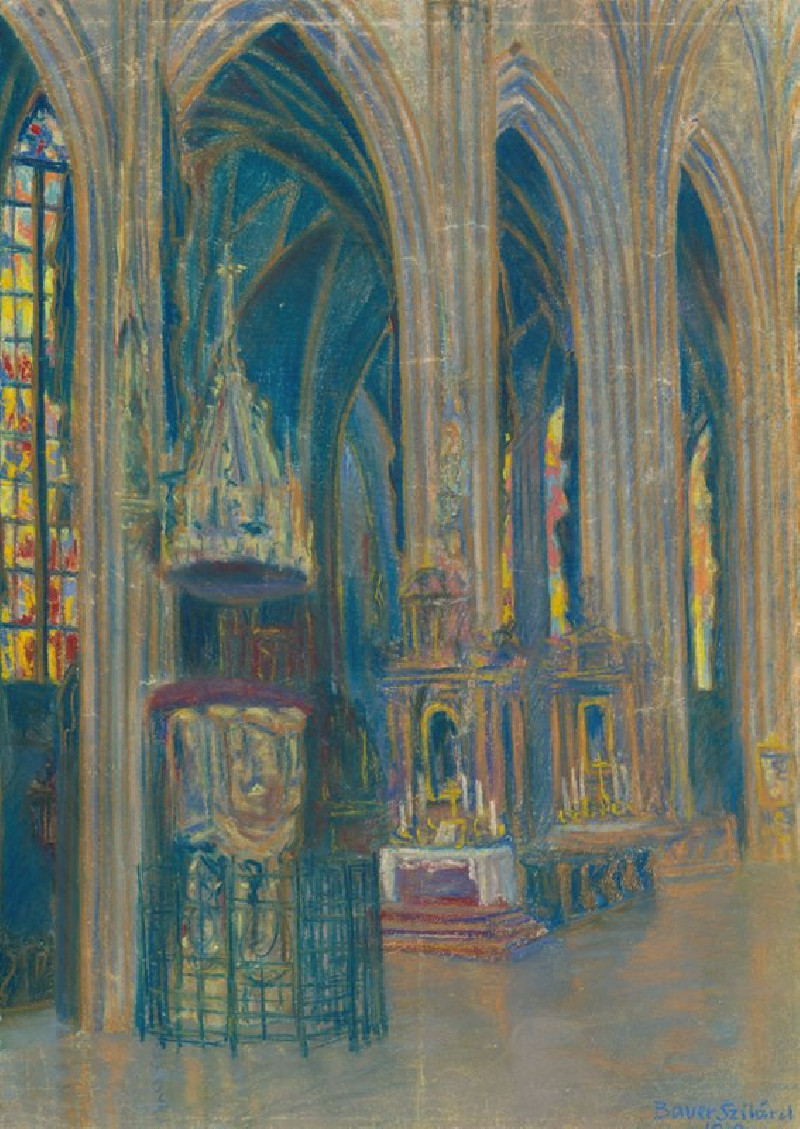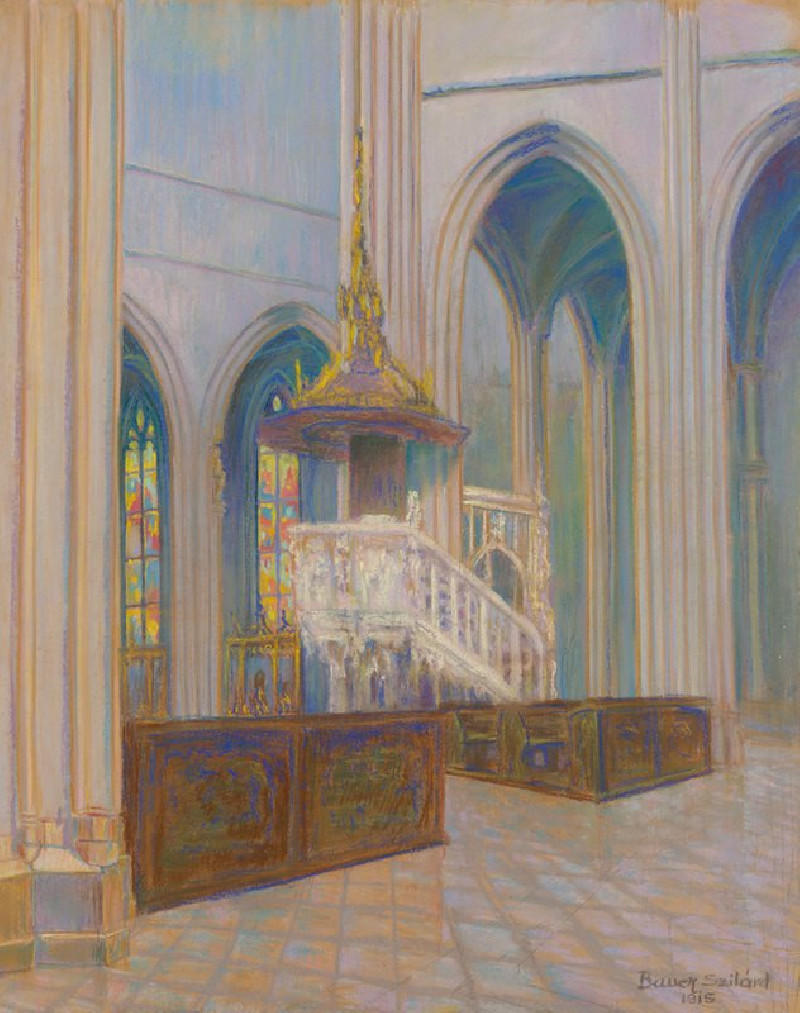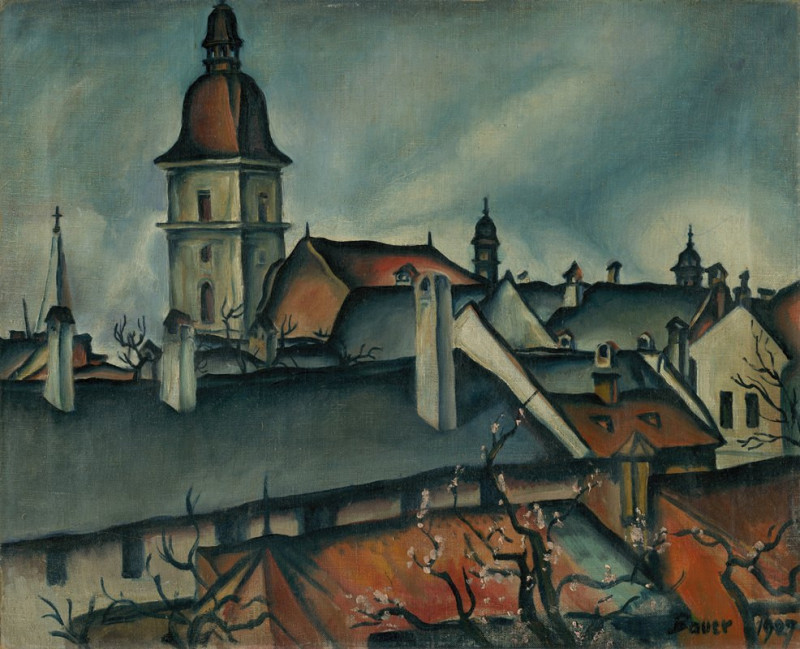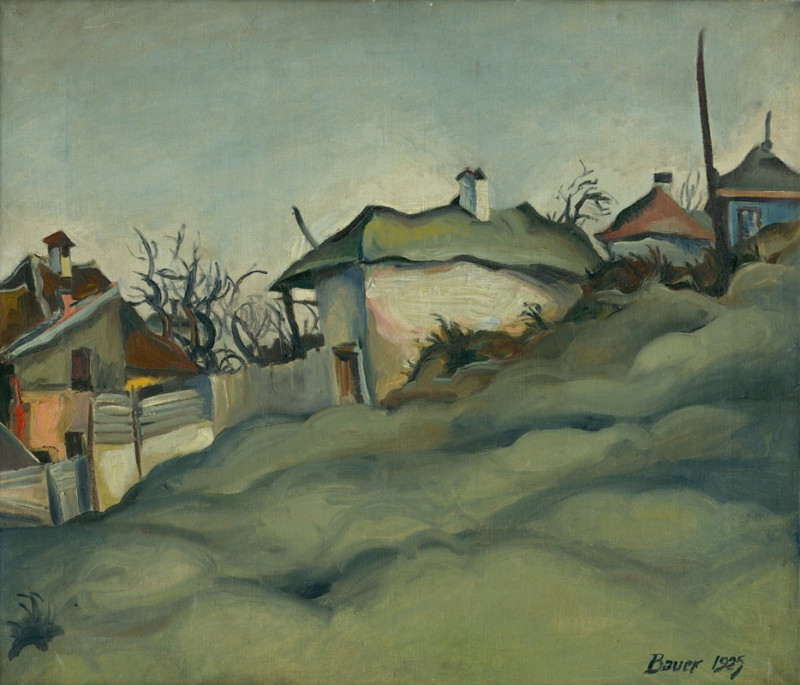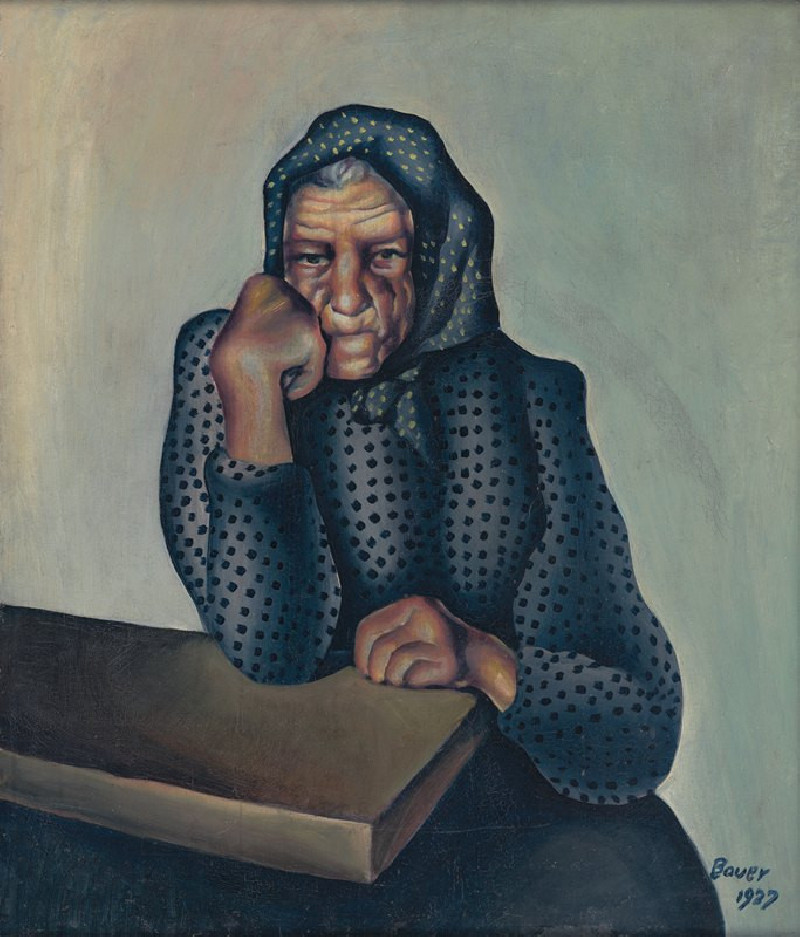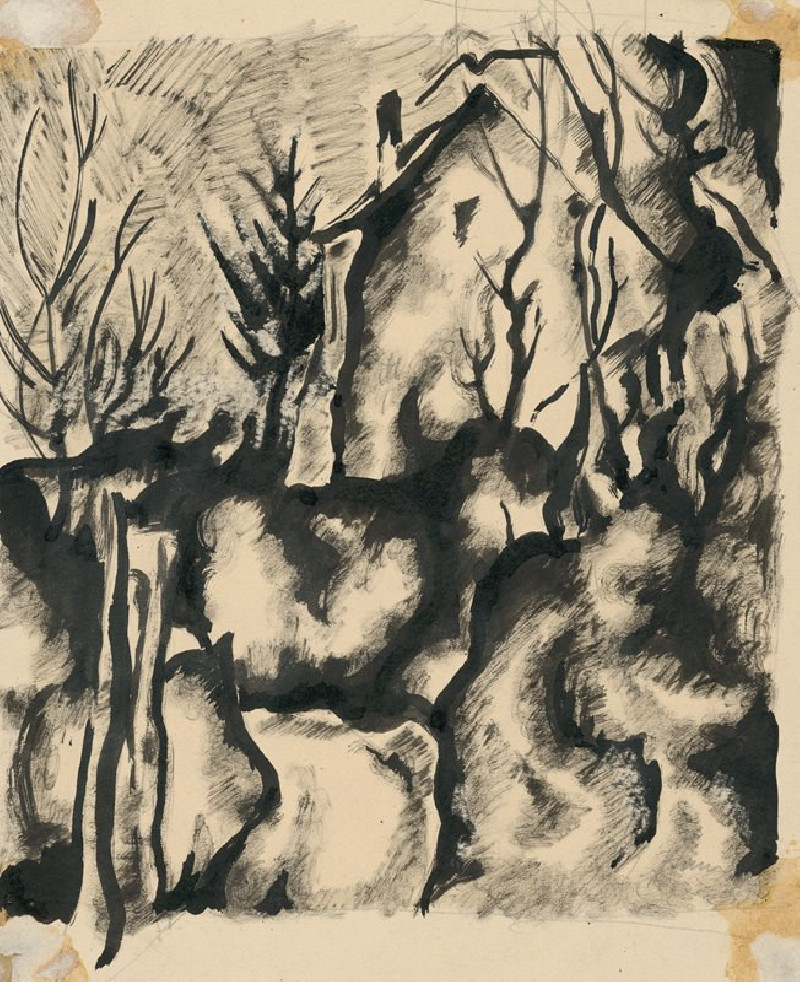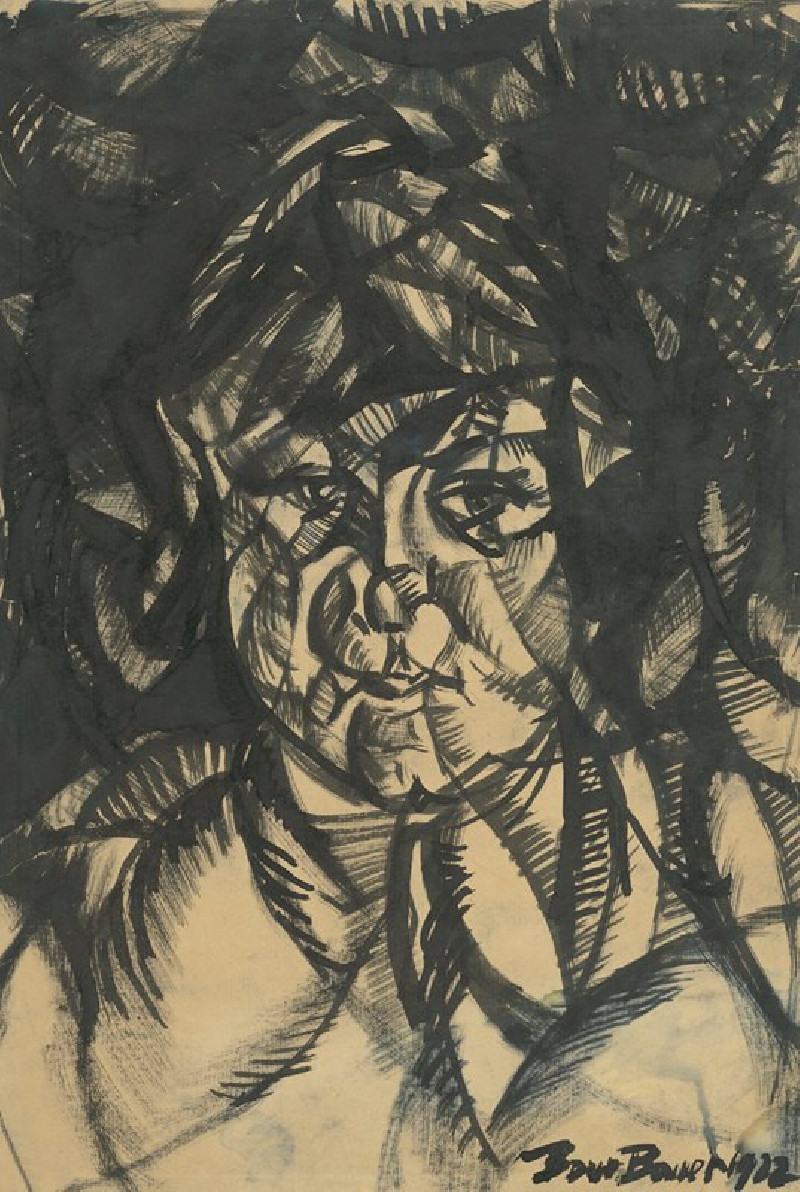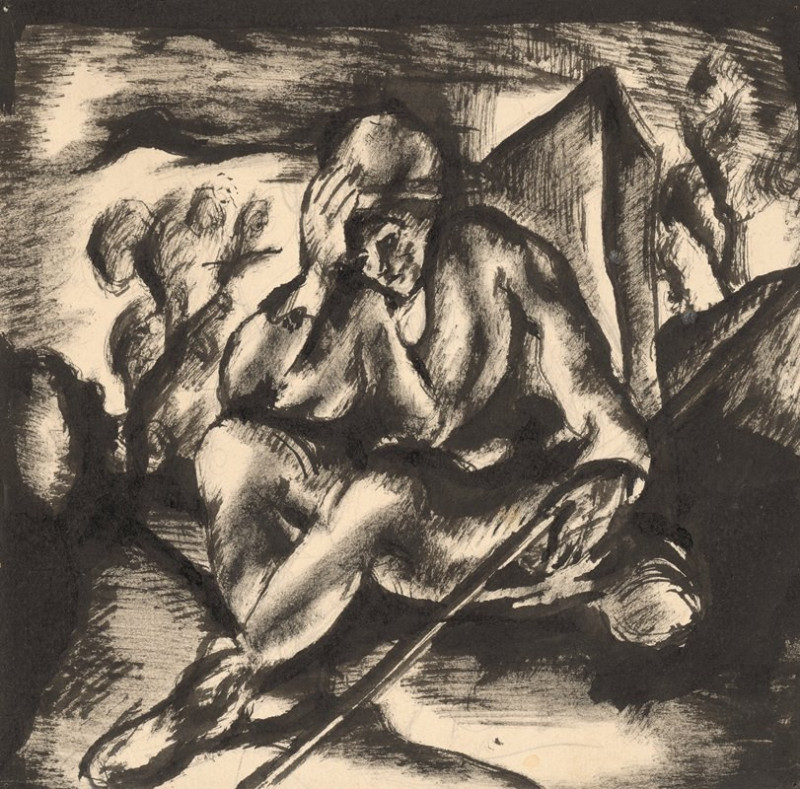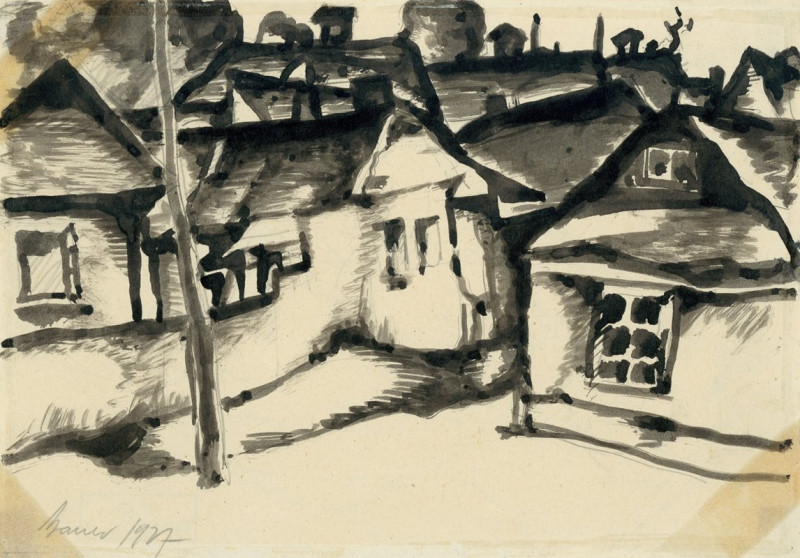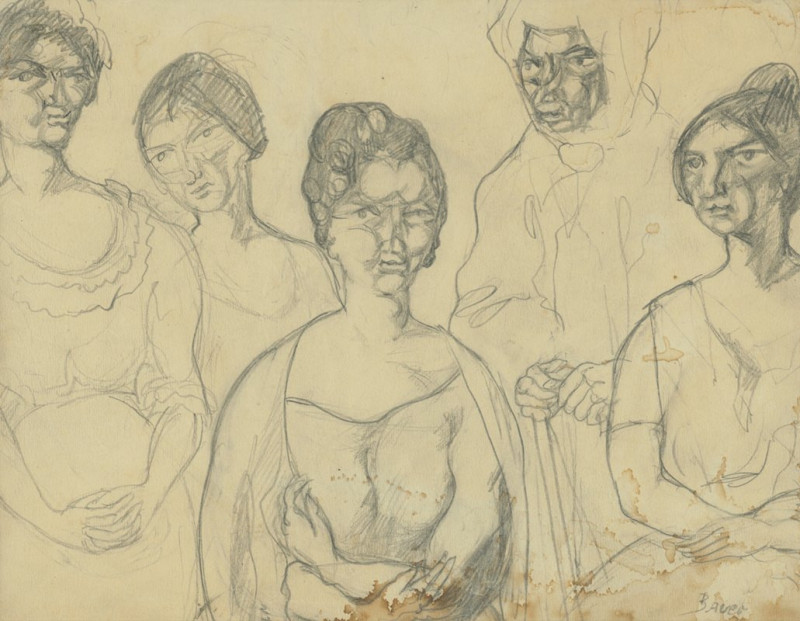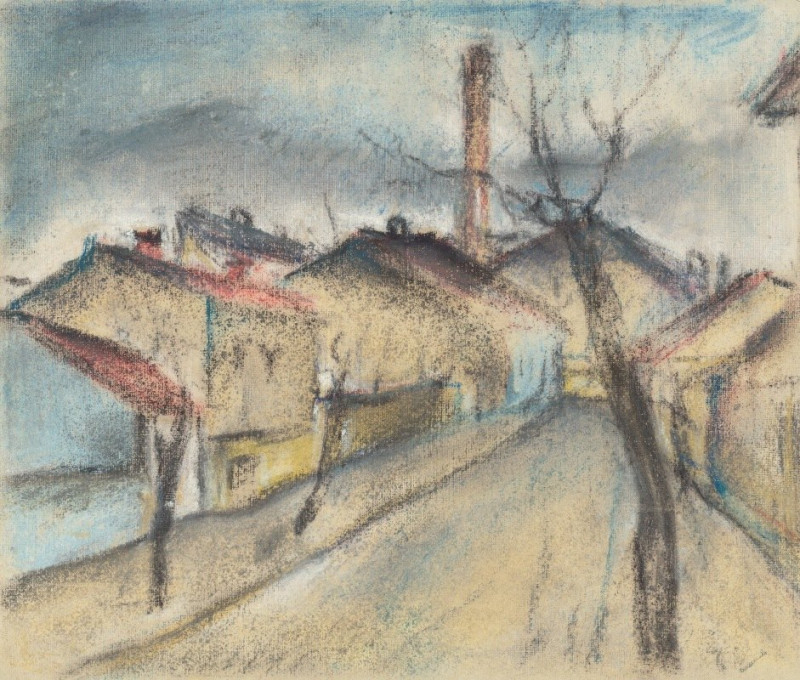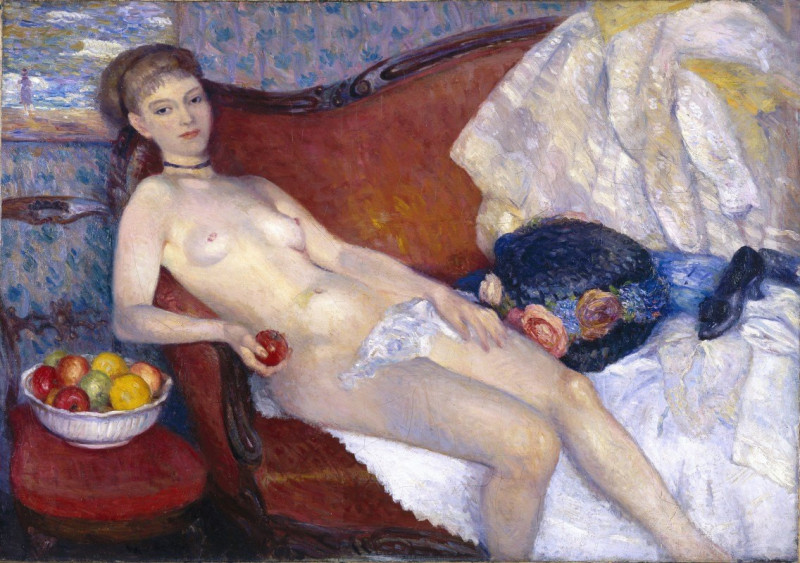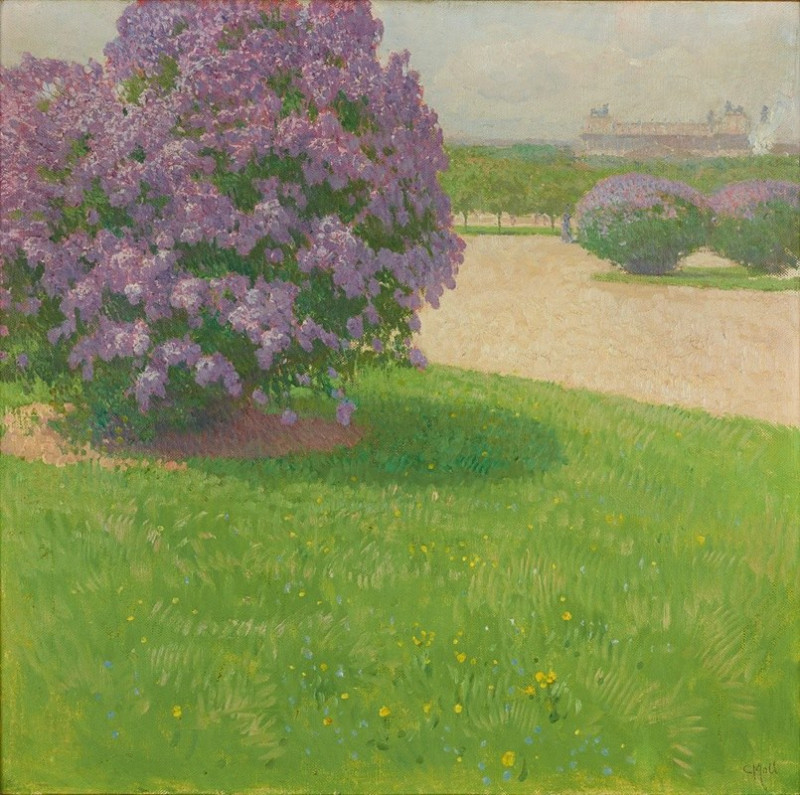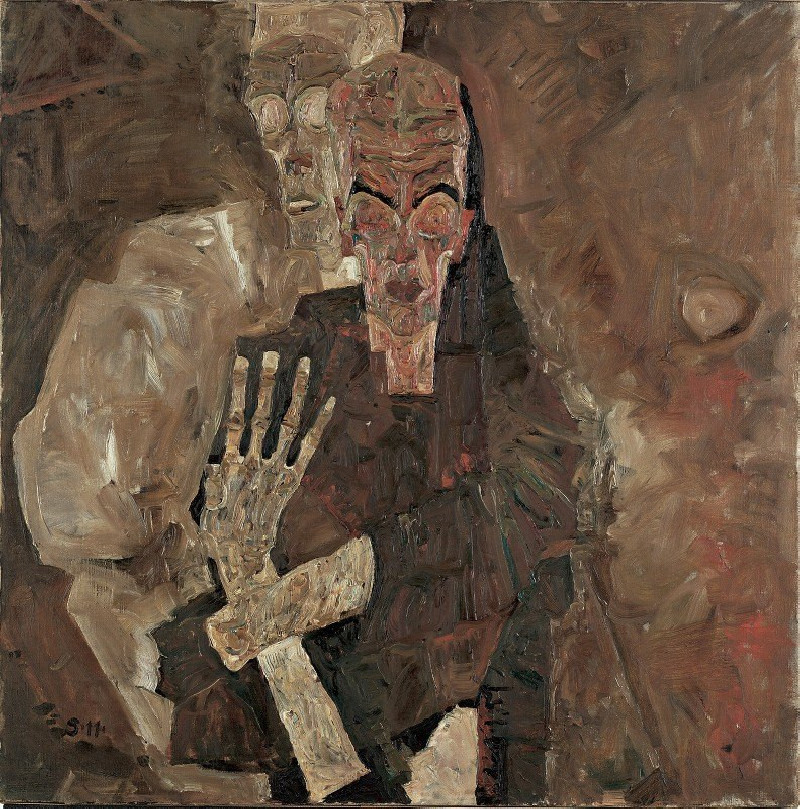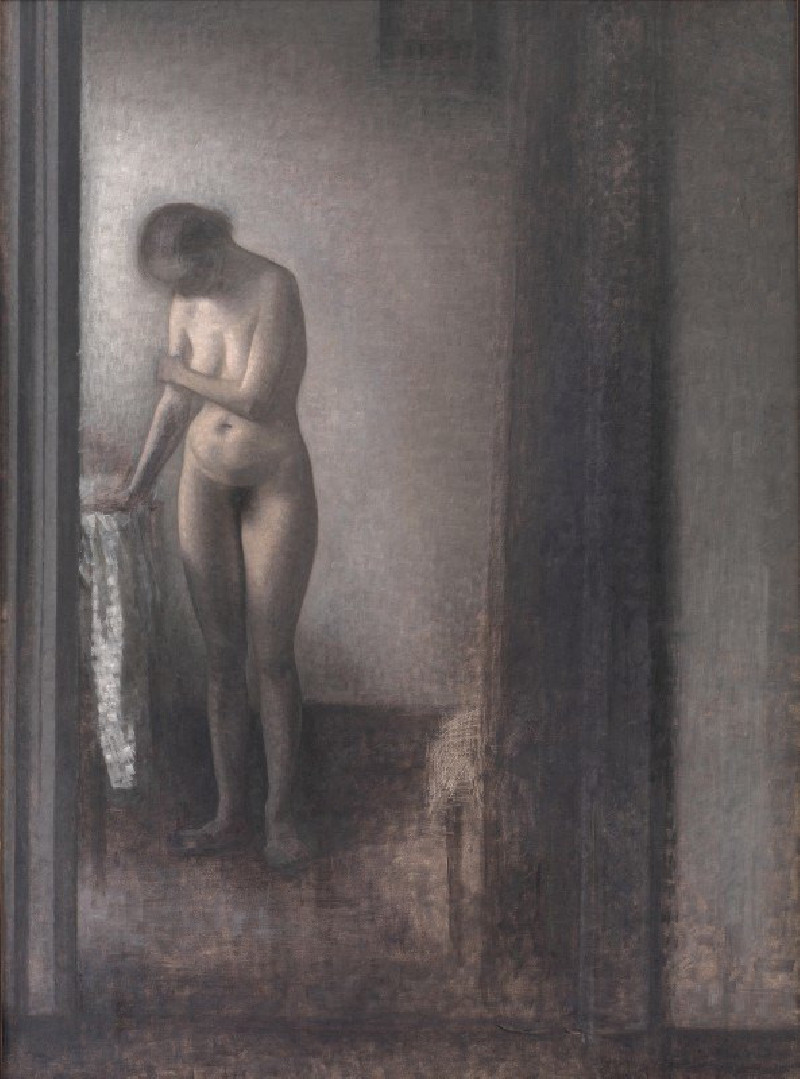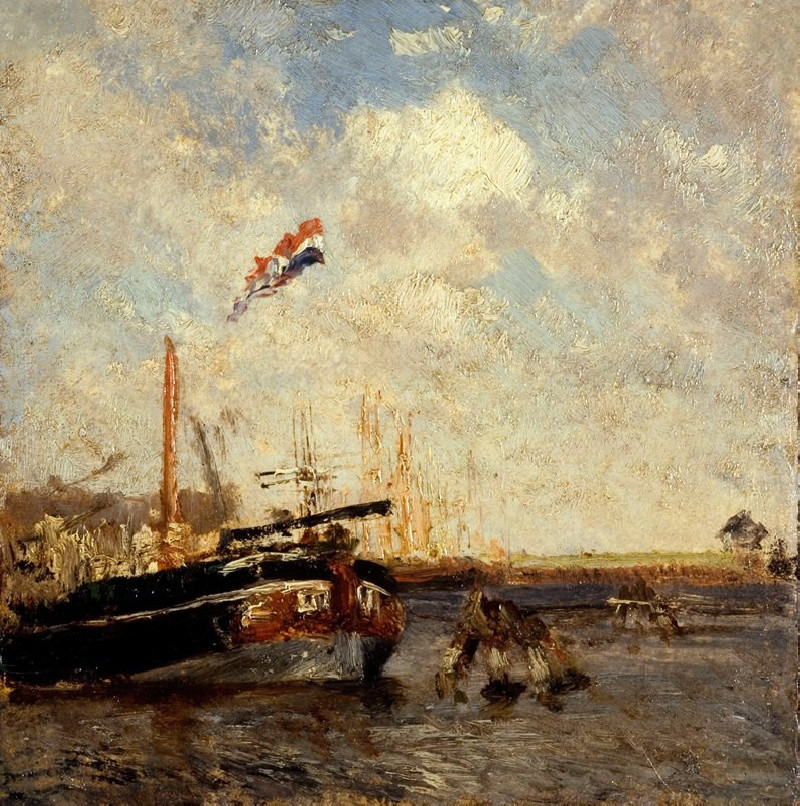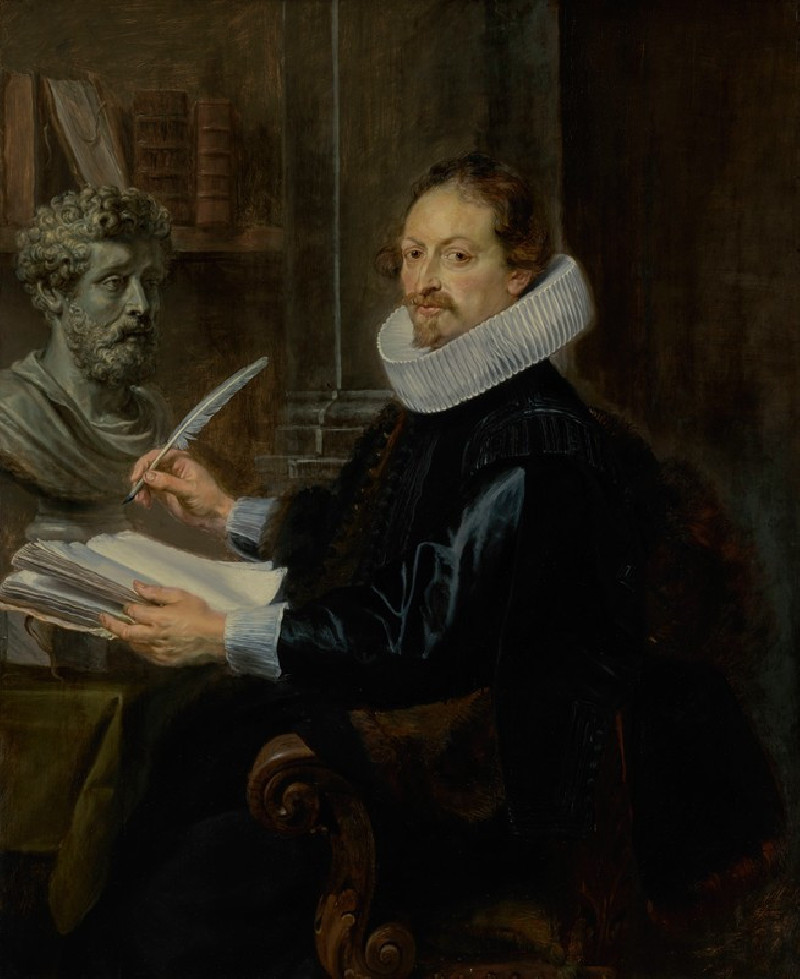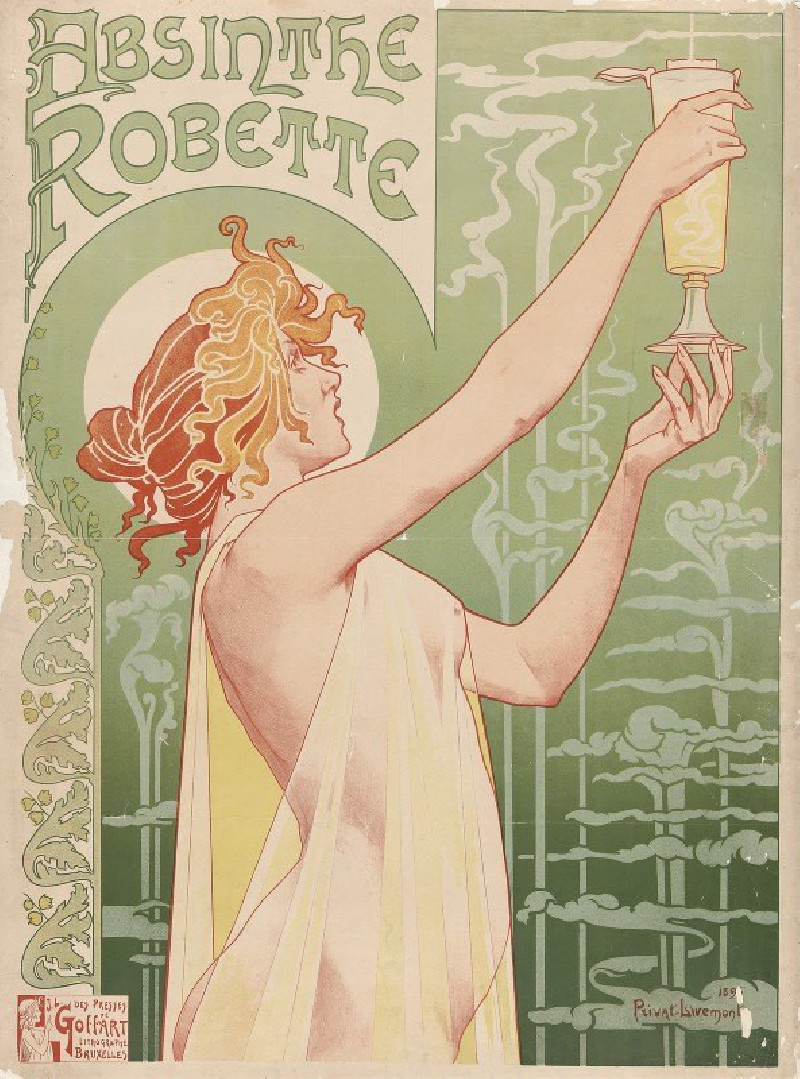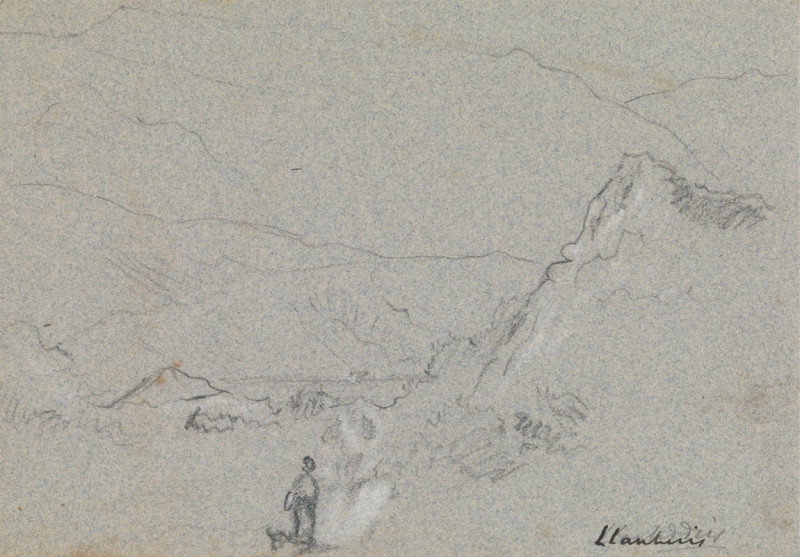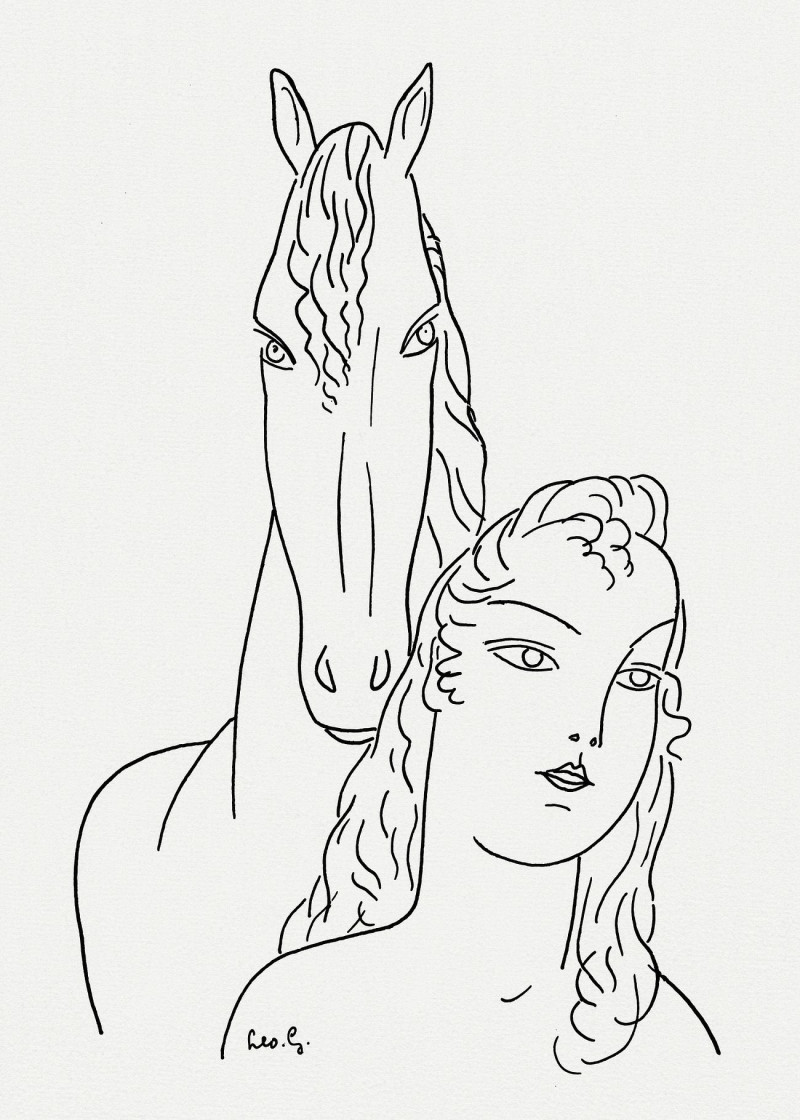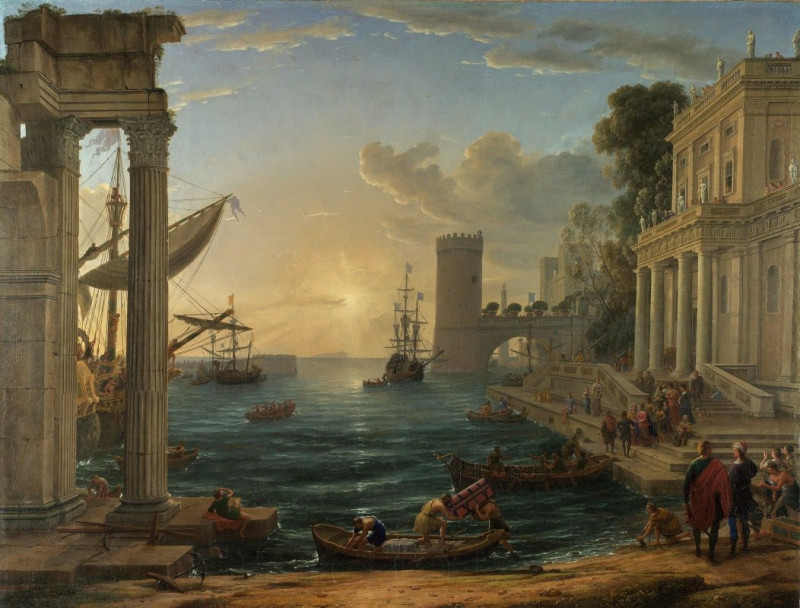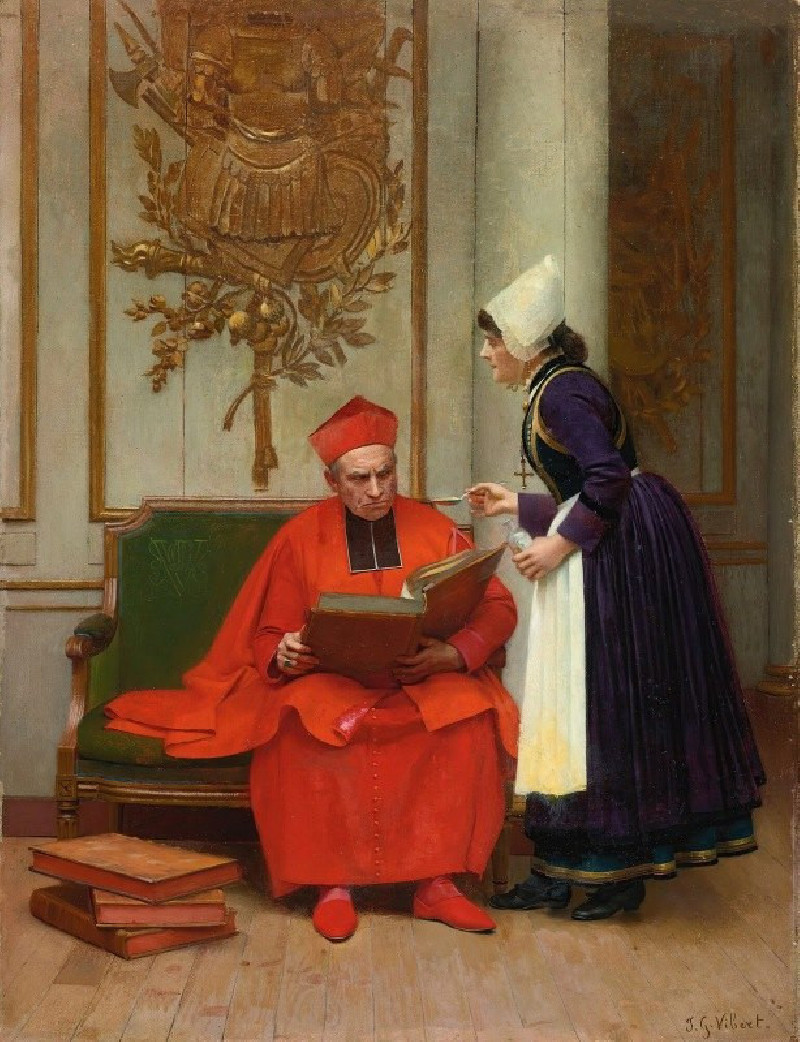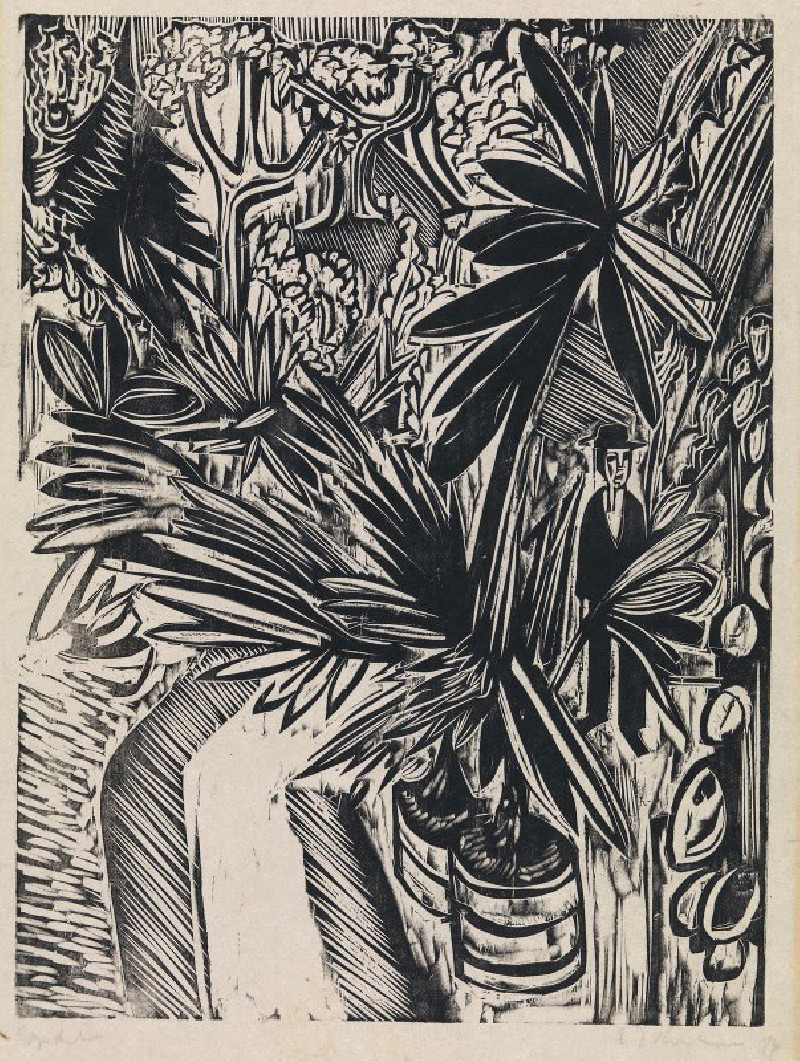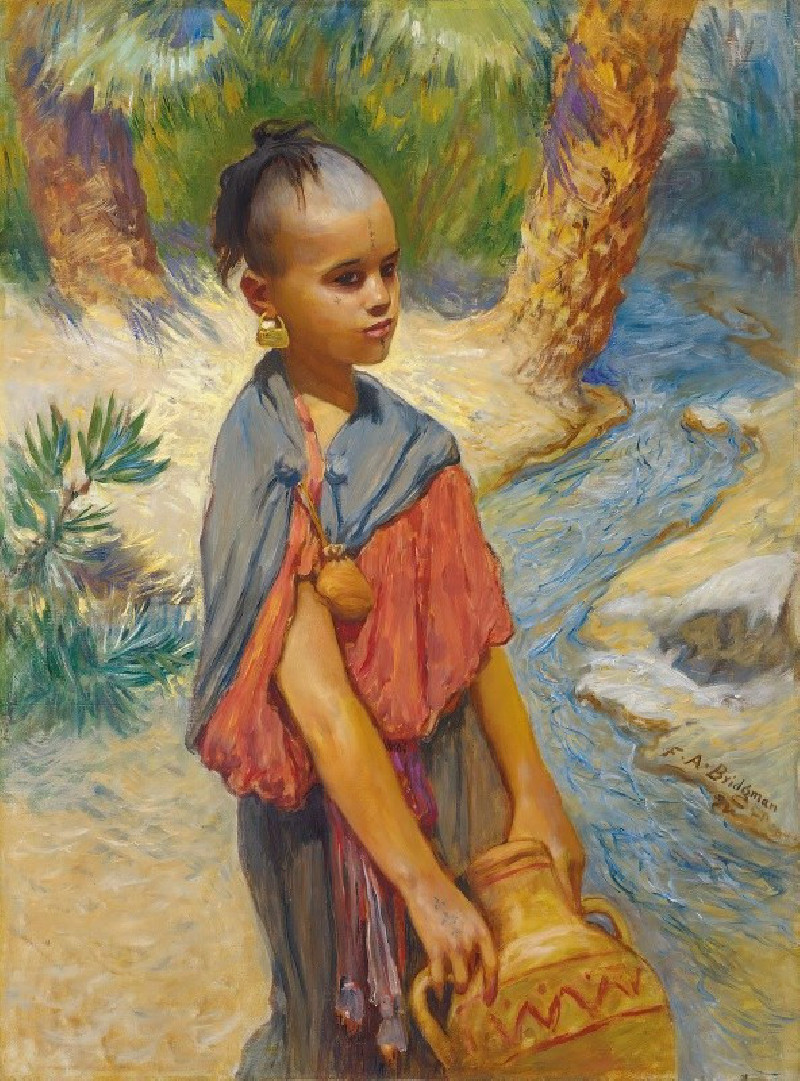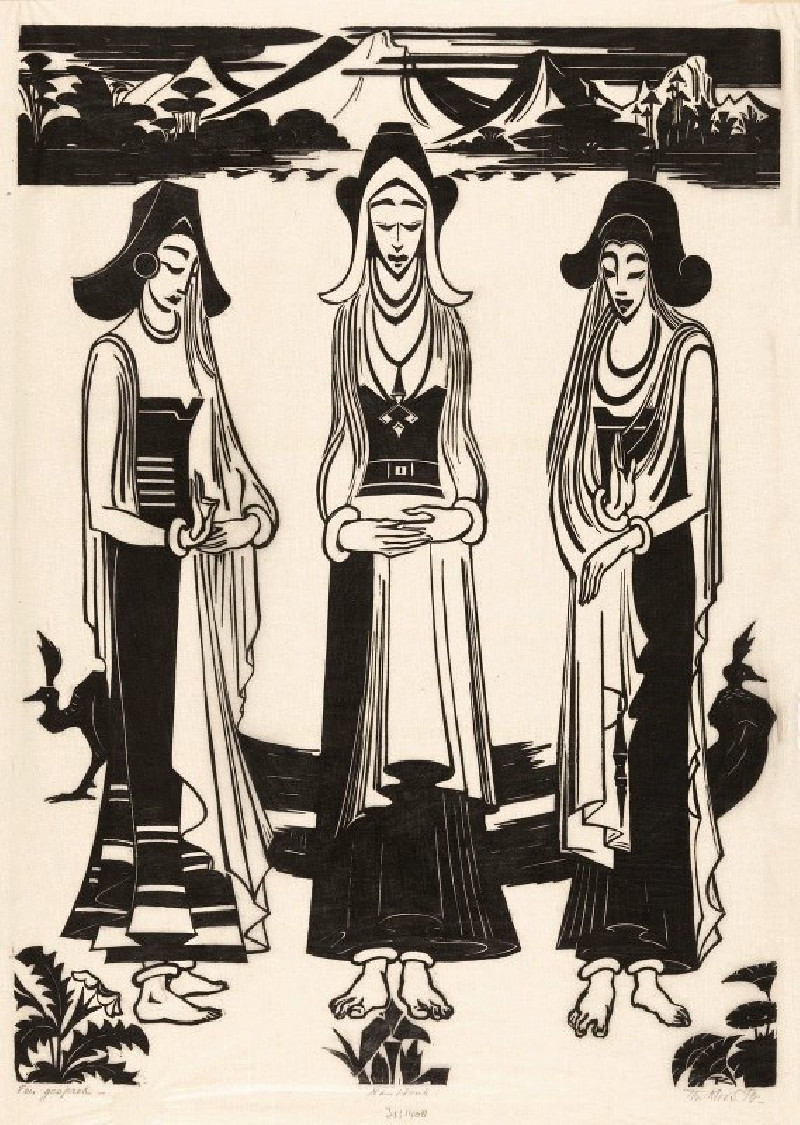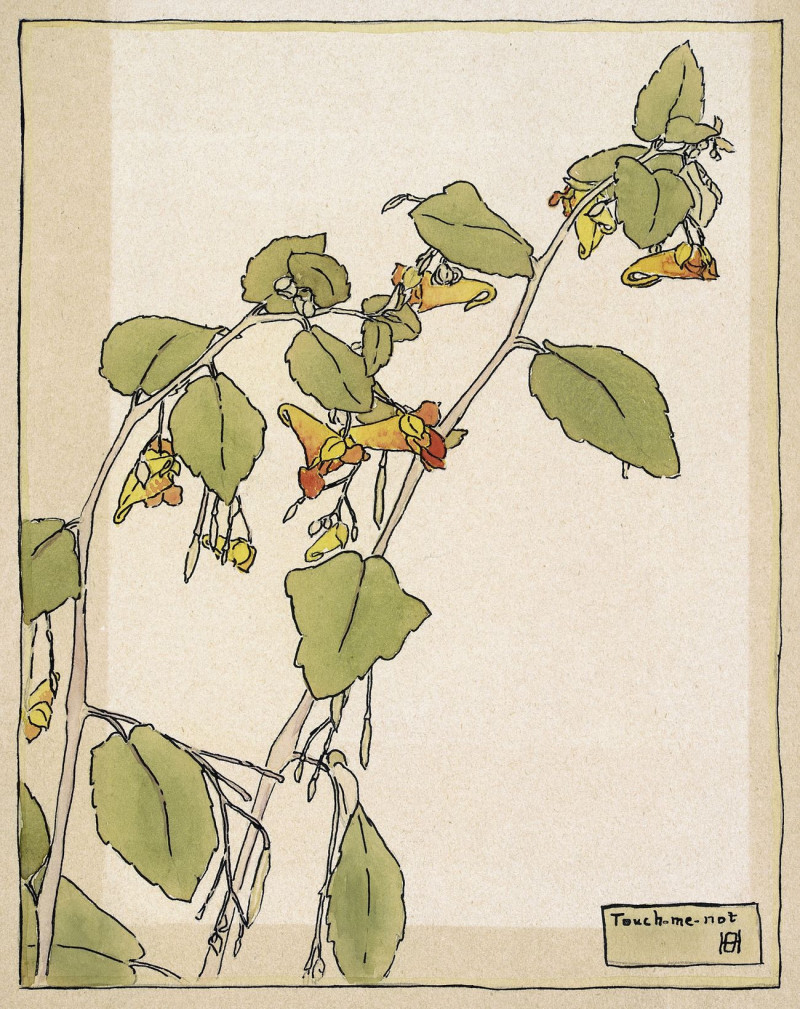Robotníci (1925)
Technique: Giclée quality print
Recommended by our customers
More about this artwork
"Robotníci" (1925) by Konštantín Bauer is a compelling example of early 20th-century Eastern European art, marked by its expressive execution and poignant subject matter. This graphite drawing plunges the viewer into the lives of industrial laborers, midstride in their daily toils.The artwork is dominated by a line of figures that fill the frame, moving rightward, suggesting the relentless forward march of the working day. Each face is uniquely carved with shadows and lines, manifesting not only the physical but also the emotional and psychological burdens of their labor. The workers are equipped with tools, symbolizing their roles in the workforce, yet there is a distinct individuality in how each carries his load or gazes outward.The background, sketched with less intensity than the figures, hints at an industrial landscape, perhaps a factory or construction site, further emphasizing the connection between the workers and their environment. This setting is not just a backdrop but a silent narrator to the story of these men's lives, sketched out in the rough, almost visceral strokes of Bauer's pencil.
Delivery
Returns
Konštantín Bauer was a Slovak painter.
Konštantín Bauer was born on November 24, 1893 in Slovenská Ľupča. He spent his childhood in Banská Bystrica. At the age of fifteen, he moved with his parents to Košice, where he graduated from high school. After graduating in mechanical engineering in Budapest in 1915, he worked briefly as an engineer in Novo Mesto pod Šiatrom. From 1916 to 1918 he worked as a railway engineer in Transylvania and then as a civilian employee at the Ministry of War in Vienna.

